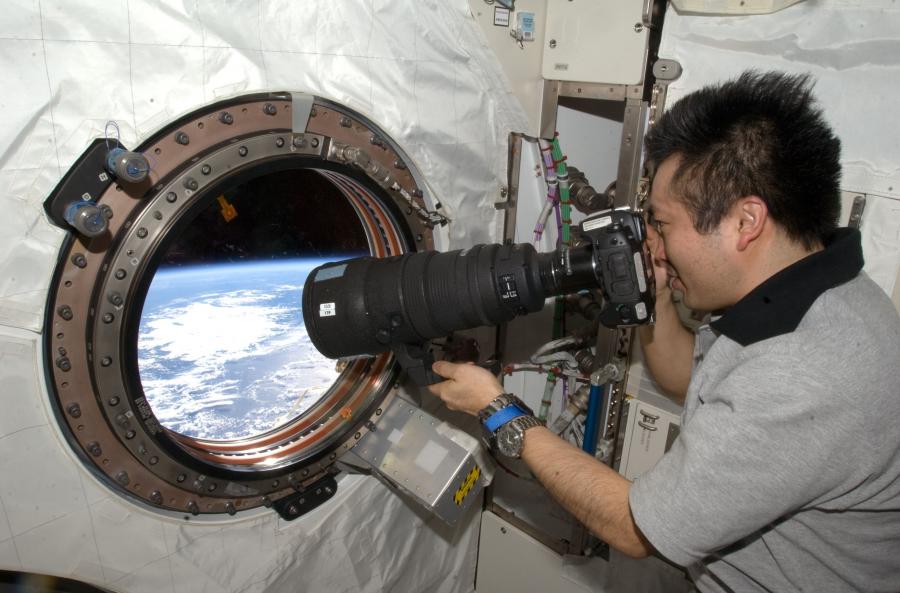Researchers from the Laboratory of Photonics and Optical Information Processing of the Institute for Laser and Plasma Technologies of MEPhI have developed a fast and accurate method for estimating the noise of digital camera photosensors, which can simplify the development, testing and characterization of various types of digital cameras. The results of the study were published in the IEEE Sensors Journal .

Digital photo and video cameras today are often used in science and technology as components of optical-digital systems. However, the quality of their work is often degraded by the noise of the photosensor pixels, which occurs due to the non-uniformity of the photon flux, differences in the photosensitivity of the pixels, signal conversion to digital form, and other reasons.
Knowing the noise parameters of camera photosensors can improve the performance of various systems. For example, you can improve the quality of images, especially when recording fast and dynamic processes, in low-light scenes and with short exposure times.
As the scope of digital cameras expands, information about sensor noise is becoming increasingly important. Knowledge of noise parameters is extremely useful for the development of technologies such as object recognition and tracking, automatic image processing, 3D vision and 3D scene restoration, etc.
According to scientists, information about noise parameters makes it possible to synthesize images that a specific camera makes with realistic noise for training in neural network tasks. It even helps evaluate the performance of a camera in a particular application by evaluating the achievable signal-to-noise ratio before experimenting.
“MEPhI researchers have developed a fast and accurate method for assessing the noise of digital camera photosensors. There are usually four main types of photosensor noise: light spatial, dark spatial, light temporal, and dark temporal. Each type has its own characteristics, causes and methods of suppression. The developed method will make it possible to estimate not only the magnitude of the total noise, but also the values of each type of noise separately, which is especially valuable and useful,” said Pavel Cheremkhin, a laboratory employee, Ph.D.
“The method we developed uses the division of frames into groups of pixels, a special sorting of the received signals, and an interpolation procedure. As a result, to measure the noise, it is enough to take only four pictures: two dark and two light. This is extremely small in comparison with the recommendations of modern standards, when it is required to register dozens of series of frames with two images in each. In addition, the experimental scheme of the developed method has become simpler,” he said.
According to the scientist, the method was tested on digital cameras with a different photosensor device, while the measurement accuracy turned out to be no worse than the standard one, and the time spent on measurements was reduced tenfold.
“The developed method can be used both separately and in conjunction with standards, which allows it to be used, among other things, in the development, testing and characterization of various types of digital cameras,” said laboratory employee, engineer Alexander Kozlov.
Researchers will continue to work on this topic. Currently, the laboratory is developing effective noise reduction methods and digital filters, the input parameters of which are the measured noise characteristics. In the near future - work on simplifying the procedure for identifying digital cameras by image and some other precision scientific and metrological tasks.





